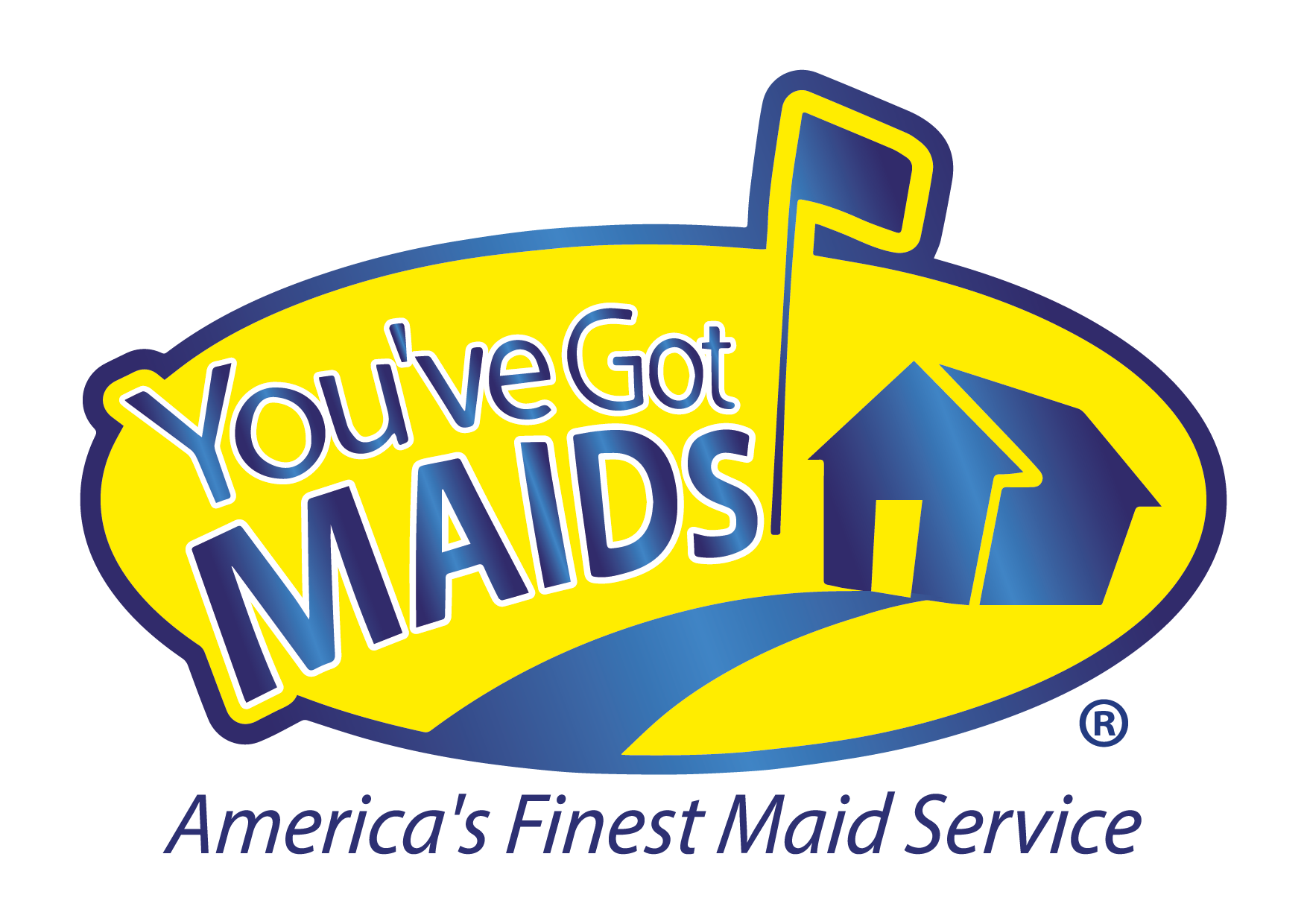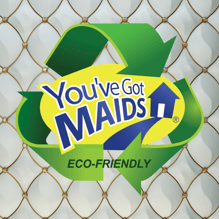Chasing Arrows
Have you ever wondered what those numbers on the bottom of your plastic water bottles mean? Well, wonder no more. With approximately 200 billion pounds of plastic being produced per annum, it's good to know a little bit about the plastics that we're surrounded by and consuming from.
#1 Polyethylene Terephtalate aka PET
PET is amongst the most commonly used plastics and can be found often as the plastic in water bottles, soda bottles, and the like. PET is meant for single use and repeated use risks bacterial growth. PET can leach carcinogens, another reason to not use repeatedly.
PET is a recyclable plastic. It's crushed, shredded, and then reused to make new bottles. It's estimated that currently 25% of PET bottles are recycled in the US. So, make sure to recycle all #1 PET plastic, but do not reuse yourself.
#2 High-Density Polyethylene aka HDPE
Stiffer than PET, HDPE is the plastic your milk jug is made out of. HDPE is the most common recycled plastic and is widely considered one of the safer plastics. Products made of HDPE are both reusable as well as recyclable.
#3 Polyvinyl Chloride aka PVC
Ever heard of a PVC pipe? Well PVC is often used for things like plumbing pipes, window frames , hoses, and so on. What's concerning is that PVC contains toxins that it can leach. Almost no PVC is recycled, and while it can be reused, it's not advisable to reuse PVC for things to do with food or children's usage.
#4 Low- Density Polyethylene aka LDPE
When you're thinking LDPE, think grocery bags. Less toxic than other plastics, it can be reused and recycled. Not all collections can recycle it though, as the process is a little more difficult. Progress is being seen in recycling LDPE.
#5 Polypropylene aka PP
Lightweight and tough, you'll recognize PP as that plastic cereal bag that won't open or as the pail you use for DIY projects. Though it's recyclable, very little PP is currently being recycled. PP is for safe for reuse.
#6 Polystyrene aka PS
Lightweight and structuraly weak, PS is the plastic that may have held your leftovers from a resaurant. That foamy plastic, that's PS. Polystyrene breaks up easily and gets everywhere. It washes up on beach shores, fills our landfills, and otherwise gets everywhere. We have the technology to recycle PS, but it's not often done. One of the greatest opportunities in plastic recycling is reduce the usage of PS while also increasing the recycling of PS when used.
#7 BPA, Polycarbonate, and LEXAN
#7 plastic is essentially a catch-all for the remaining forms of plastic. Considerable controversy has arised from the use of BPA plastic for bottles as it can leach toxins into the drink, leading to recalls of products using BPA plastic. Unless otherwise noted, #7 plastics are not for reuse. Some business are actively seeking to produce compastable products to replace #7 plastics.
What Now?
With a little more knowledge in your mind, think twice about the plastics that you're letting into your life and the life of those around you. With current plastic usage, we could all afford to be a little more considerate with how we use, reuse, and recycle plastic.



